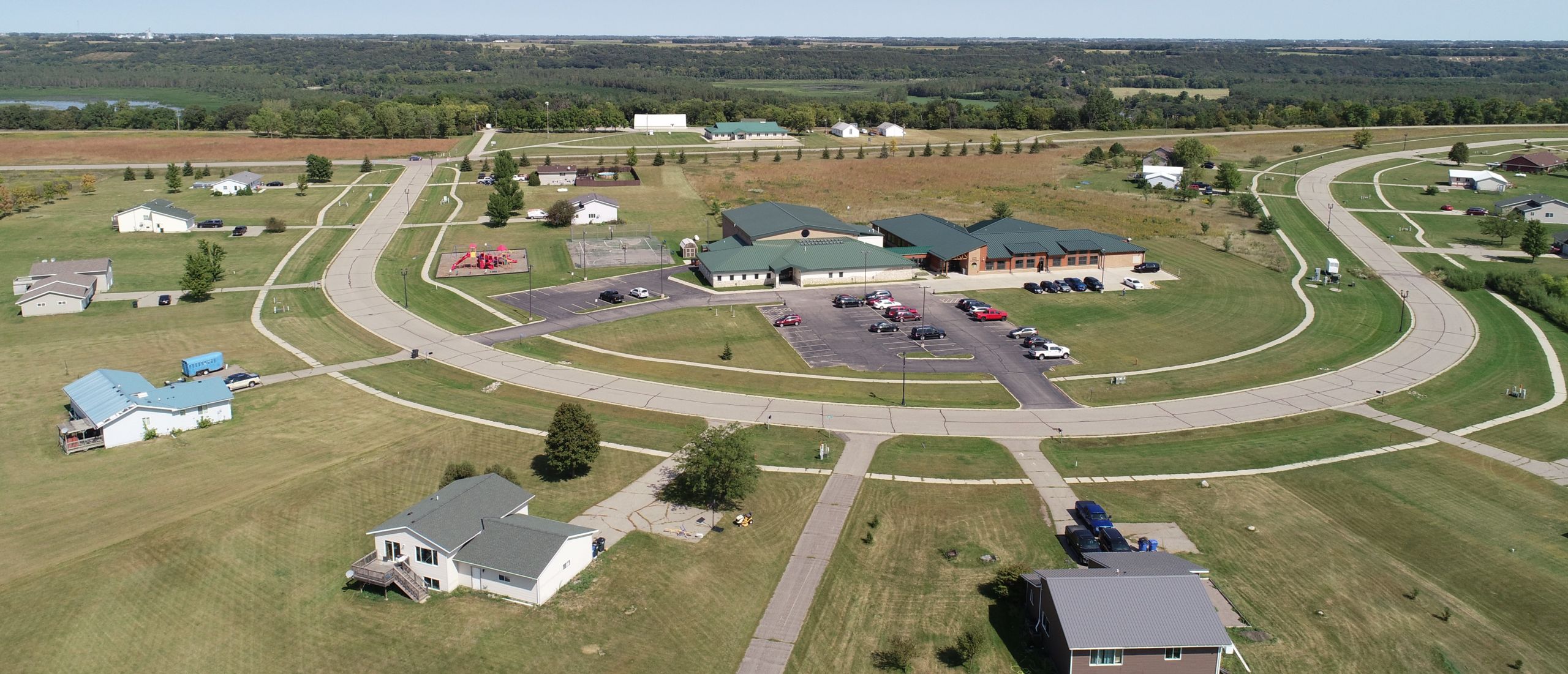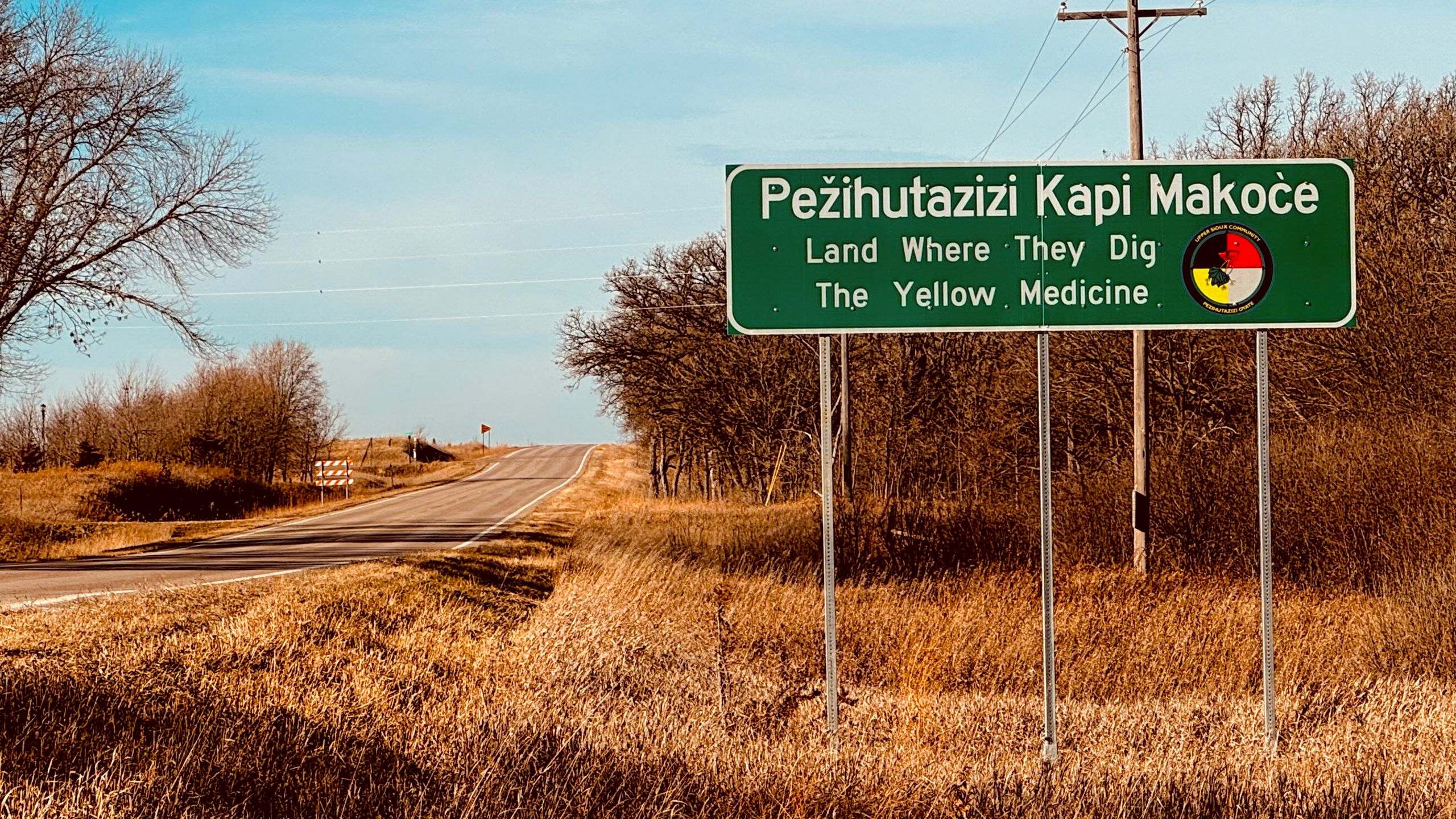History
Upper Sioux
This land we call Pezihutazizi Kapi (the place where they dig for yellow medicine) has been the homeland for our people, the Dakota Oyate (Nation), for thousands of years. We have always occupied this area bordering the Minnesota River Valley, with the exception of a short period of time in the late 1800's following the U.S./Dakota Conflict of 1862. At that time, the Dakota were either exterminated, forcibly removed to reservations located somewhere else, or voluntarily fled to avoid harm.
Many Dakota died during those difficult years. Some of those who survived the forced removal defied the state and federal governments by not remaining on the assigned reservations located outside of Minnesota, but rather chose to return to our ancient homelands in the Minnesota River Valley.
In 1938, 746 acres of original Dakota lands in Minnesota were returned to our people, and the Upper Sioux Indian Community came into existence. Provisions for governing the Upper Sioux Community were adopted, and a Board of Trustees was elected to carry out the responsibilities identified in these Provisions. In 1995, the Provisions were modified and the governing document is now called the Constitution of the Upper Sioux Community.
Since its formal designation as an Indian community, Upper Sioux has struggled with poverty, substandard housing, inadequate health care, and the subtleties of racism. Tribal leaders continually strived to improve the standard of living and the quality of life on the reservation. The population was small, and Upper Sioux's share of program monies from the federal government was minimal, yet elected tribal leaders still managed to provide "bare-bones" programs in housing, health care, and education. Through the 1970's and 80's, conditions improved very little, despite many vocal supporters, both Indian and non-Indian, and we continued to struggle for survival on our small tact of land along the Minnesota River.


By the late 1980's the legal standing of tribes as sovereign nations had been acknowledged in the highest federal courts. In 1990, following these court decisions, the Upper Sioux Community did as many other tribes had done—we exercised our rights as a sovereign nation to capitalize on a financial opportunity by building and opening Firefly Creek Casino.
Since that time, the Upper Sioux Community has relocated their gaming enterprise out of the Minnesota River flood plain. In 2003, Prairie’s Edge Casino Resort opened on the bluff overlooking the Minnesota River valley. In addition, USC Propane was formed to service the propane needs of the Upper Sioux Community and the surrounding area. To further diversification, the Upper Sioux Community opened Prairie View RV Park in 2006.
In the years since, the development of the tribal enterprises over the last several years has helped to revitalize and energize the Upper Sioux Community, allowing us an opportunity to obtain economic independence. During this dynamic period for the Upper Sioux Community, we have seen substantial growth in employment opportunities and Tribal services. Through the creation of our Tribal Police department, we can now exercise our inherent sovereign rights for the protection of Tribal members and Tribal lands. Thus far the Upper Sioux Community has been able to reaquire and obtain an additional 1,579 acres of Dakota ancestral lands, giving a total land base of 2,325 acres, further strengthening our ability to address the growth of Tribal membership, which now stands at 547. We, the People of Yellow Medicine, now and into the future, will continue to enhance and strengthen our culture and traditions; and finding ways to preserve our dignity, free from the burden of meeting basic survival needs; and establish stability for future generations of the Pezihutazizi Oyate.



